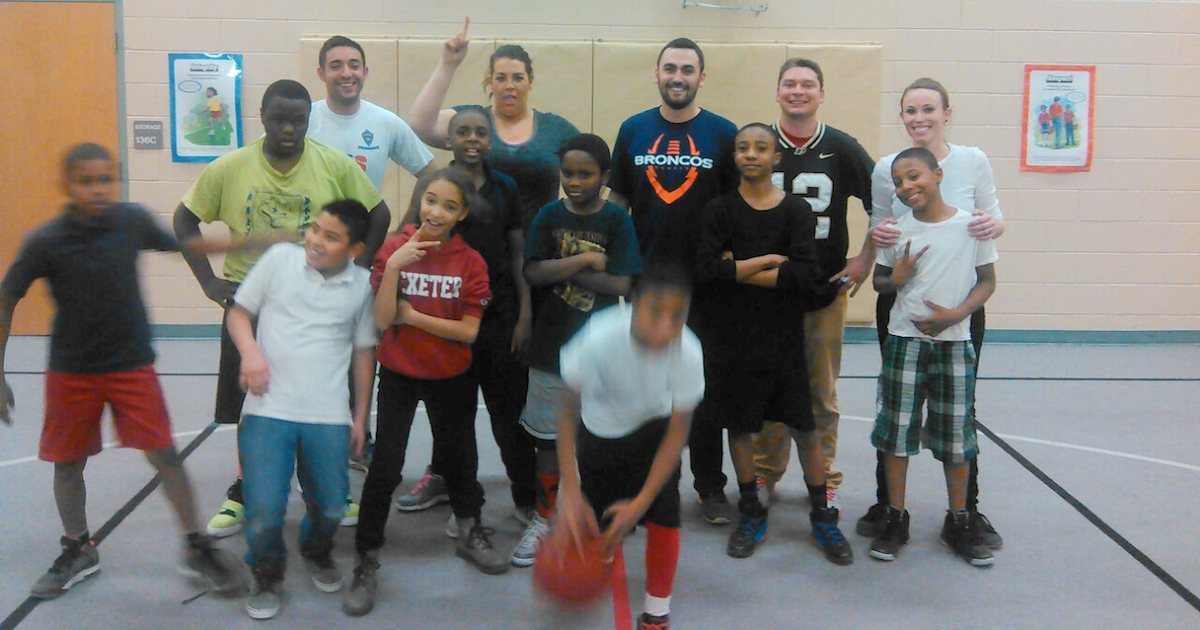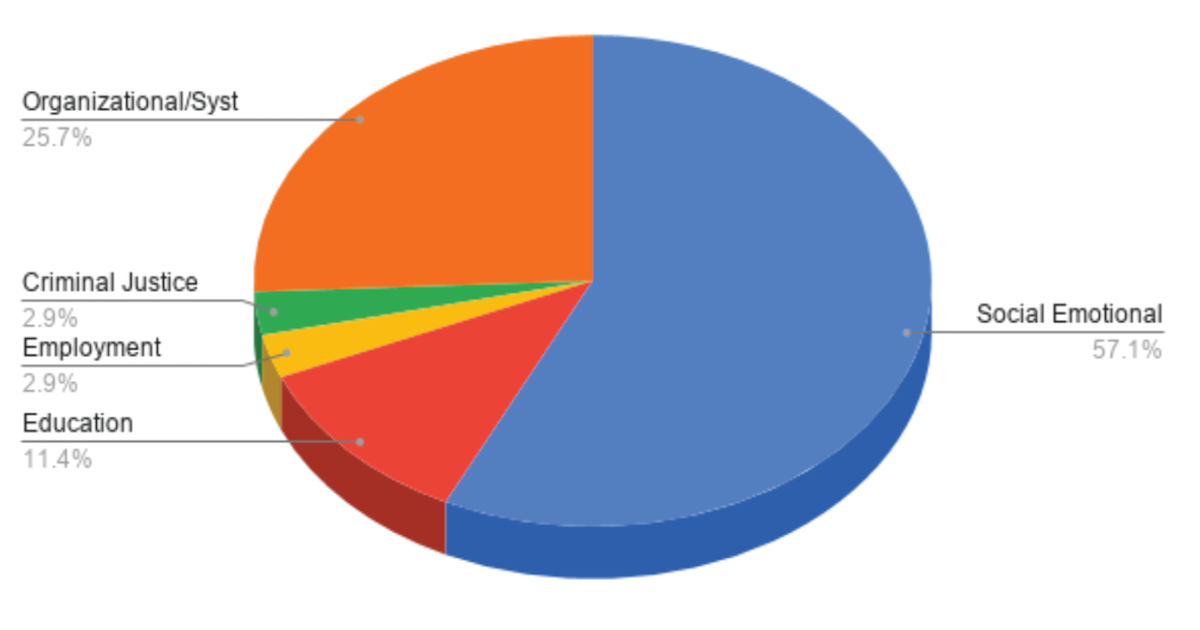
This story is authored by Dwayne E. Meeks, Founder and Executive Director of Urban Colors Arts and Mentoring in Denver, Colorado. www.urbancolors.org
The neighborhood in the Far North East/Montbello area of Denver has many factors that present significant challenges to children and families. The child with fewer obstacles to overcome in everyday experiences is likely to have more opportunities for both academic success and life success. But a major challenge that is impacting this area is youth violence. In 2018 we saw a jump in youth who committed suicide or homicide of other youth, and in 2019 we saw similar patterns. Why?
We were looking for answers and decided to stop asking service providers and community leaders and, instead, ask the youth themselves, as we know that this is an issue happening across the country and other parts of the world. We are always telling youth what they need to do in our programs and curriculums, but no one ever asks them what they think we should do.
Therefore, we held a youth-led anti-violence forum in December 2019 one day after another killing of a youth in a department store. We provided the youth with gift cards and refreshments for their time. Many other community leaders from the government and nonprofit sector gathered to hear what the youth had to say. It was their time and their time only. We broke out into small groups, all led by a youth leader from the community, to have a discussion. We came together at the end to wrap things up and share our findings.
The responses given by the youth were broken down into various categories: Social Emotional, Education, Employment, Criminal Justice and Organizational/Systemic issues. This is what they said.
Causes of violence and issues to address:
Social Emotional:
- Lack of role models
- Social norms
- Lack of empathy
- No unity in community
- No culturally responsive care/services
- Negative influences in the community/culture
- Adults acting like children
- Youth dealing with adult problems
- Gun violence and not feeling safe at school, causing emotional trauma
- Pressure to join gangs is stronger than pressure to not join gangs
- Leaving home at an inappropriate age
- Lack of connection to adults, or anyone, except peers
- Answering for the actions of others
- Feeling unseen or unheard
- Labels on all youth, including passed on/inherited reputations of drugs, gangs, bullying, and at risk behavior
- Absent fathers and parents not knowing where their children are
- Blaming the whole group for the actions of a few (biases)
- Facebook fights
Education:
- Lack of relevance
- Biased teachers who are not genuinely invested in the youth
- Teachers needing more cultural competency training
- Gun violence and not feeling safe at school, causing emotional trauma
Employment:
- Employers not hiring youth
Criminal Justice:
- Lack of trust in police and vice versa
Organizational/Systemic:
- Disparities across the board
- Structural racism
- Legislative policies that marginalize youth
- Lack of funding for youth, mentors, and marginalized communities
- Lack of opportunities to change the way you’re living
- Lack of accountability from adults, including empty promises
- Lack of housing
- Gentrification/displacement
- Lack of free organized activities in the community
Solutions and support that the youth need from the adult community:
Social emotional:
- Unity in the community
- Post-trauma services that are non-judgmental
- Black boy/girl toll box
- Finding personal identity: i.e. “My Voice“
- Youth need support on what to do with their lives or how to turn things around
- Mutual language, word choice, and semantics so youth and adult can connect with each other
- Teach and educate youth on how to use de-escalation skills in the moment
- Build trust using lived experience and testimonials
- Meet youth where they are
- Address social media as a Firestarter
- Parent support and fatherhood services
- Change the narrative
- Listen to perspectives from youth and show them that we value them
- Improve communications, stop labeling, and stop generalizing young men of color
Education:
- Life skills (financial and household management)
- Pan-African (culturally relevant) curriculum addressing: who I Am, where I come from, and where are my ancestors
- Support youth with knowing what to do with their lives or how to turn things around
- More in-school activities and schools allowing community organizations use their space to hold activities and events
- Street skills that can transfer into other areas of life
- Fight for equity and fairness in education (addressing the impact of white individuals being able to pay for higher education on the disparity of quality of education)
- Teach and educate youth on how to use de-escalation skills in the moment
Employment:
- Job resources for youth (by reaching out to businesses in area to create a list of employment leads)
- Street skills that can transfer into other areas of life
Criminal Justice:
- Host rival gang conversations instead of forcing gangs to convene and expecting them to be amicable outside of the meetings
Organizational/Systemic:
- Make real and tangible changes in the systems in place
- Meet youth where they are
- Address social media as a Firestarter
- More nonprofit and community outreach
- Change the narrative
- Improve housing options
- Learn what adults can do to engage with youth
- Stop talking down to youth
- Encourage adults, schools, parents, police, and churches to empower youth
- Give youth something to strive for
- Create connection and give youth a place to go that is a positive and healthy space for them to express their truths

This project was a huge success, as Urban Colors Arts and Mentoring experienced an increase in the number of men and boy advocates who support the innovative service we provide in the community and in the city. The organization also witnessed an increase in community engagement in the area. These statistics above were derived from a series of interviews and pre/post surveys conducted with the community. Indeed, this project was a huge success.
I hope that readers can utilize this information for program services in their respective communities, and have the impact that we have. It all comes down to showing youth that we love them.
In Solidarity,
Urban Colors Arts and Mentoring ©